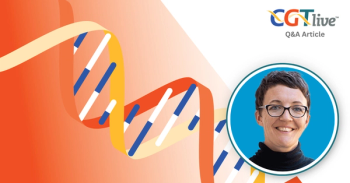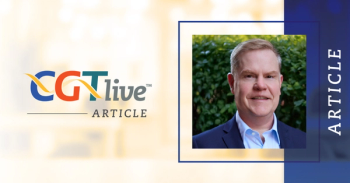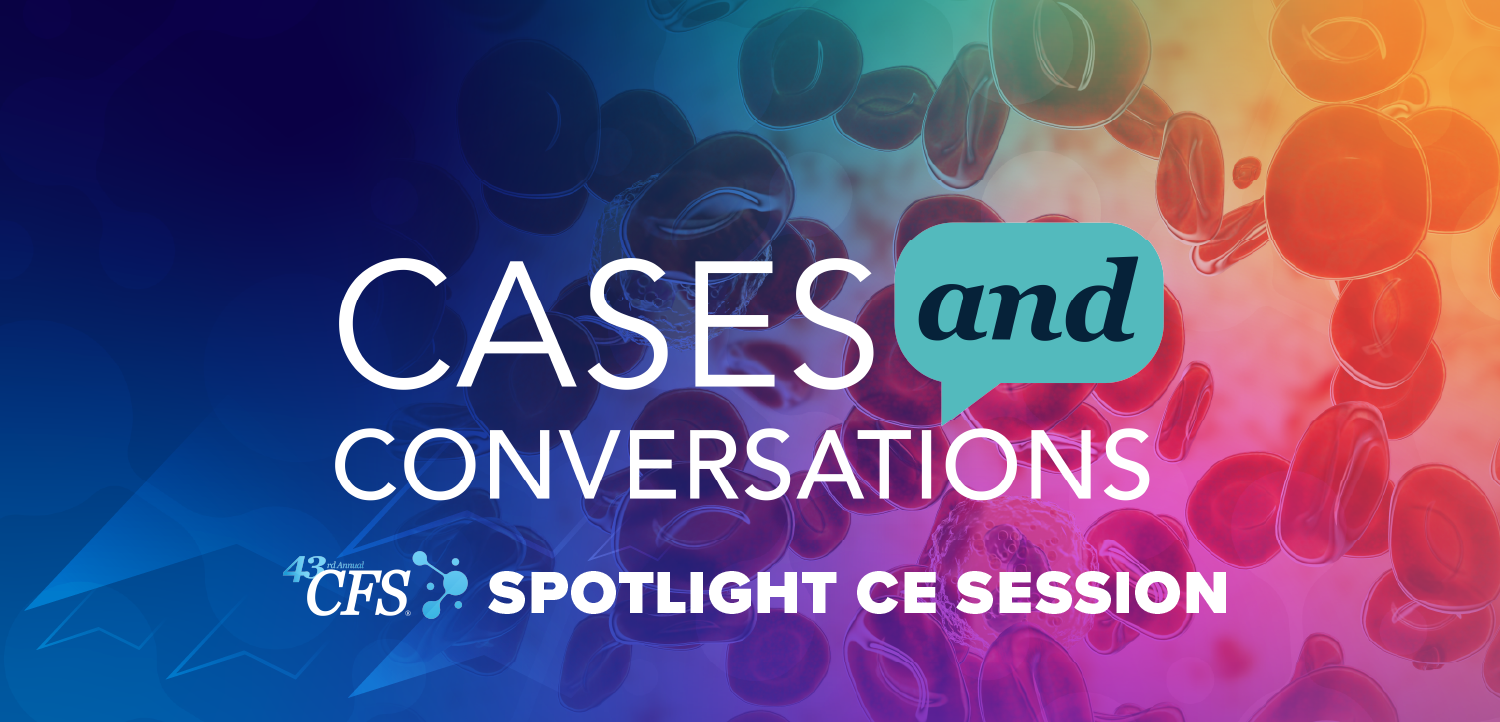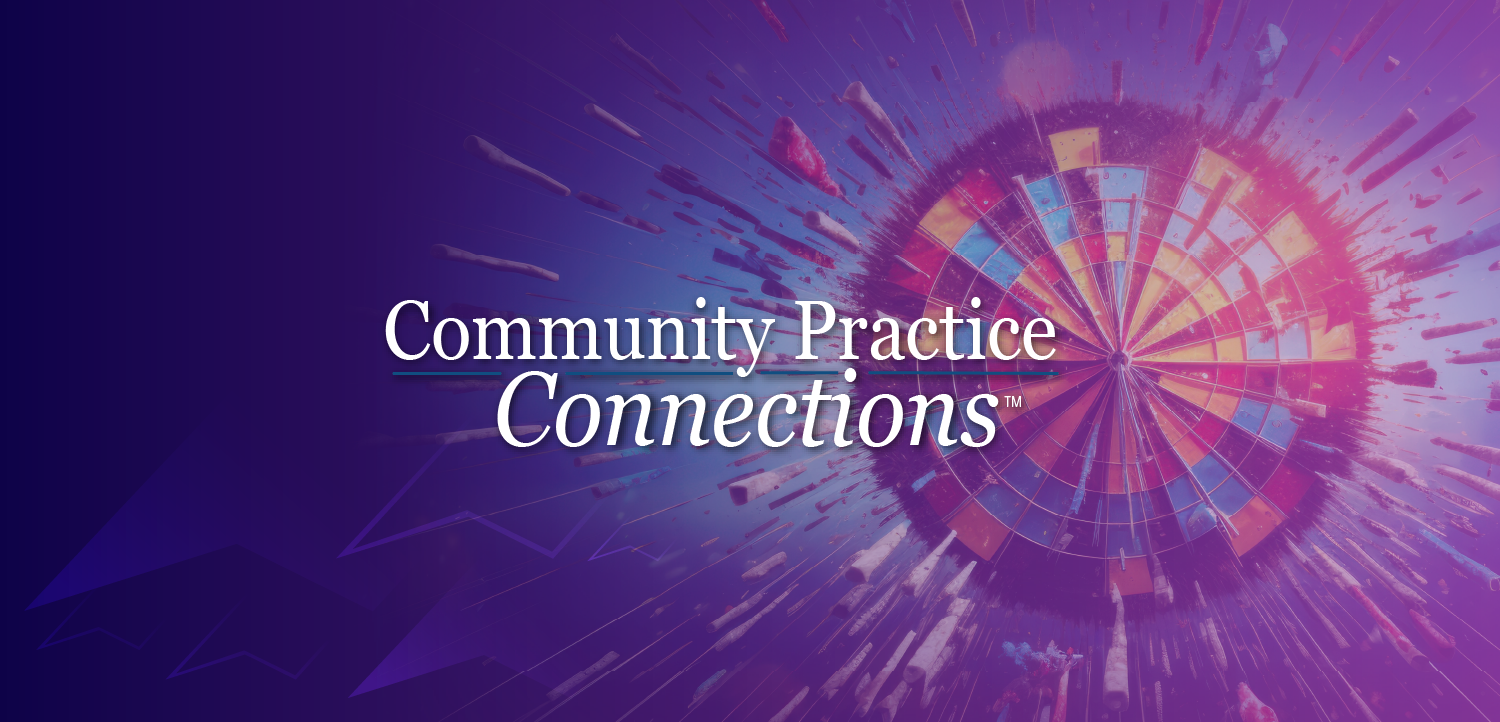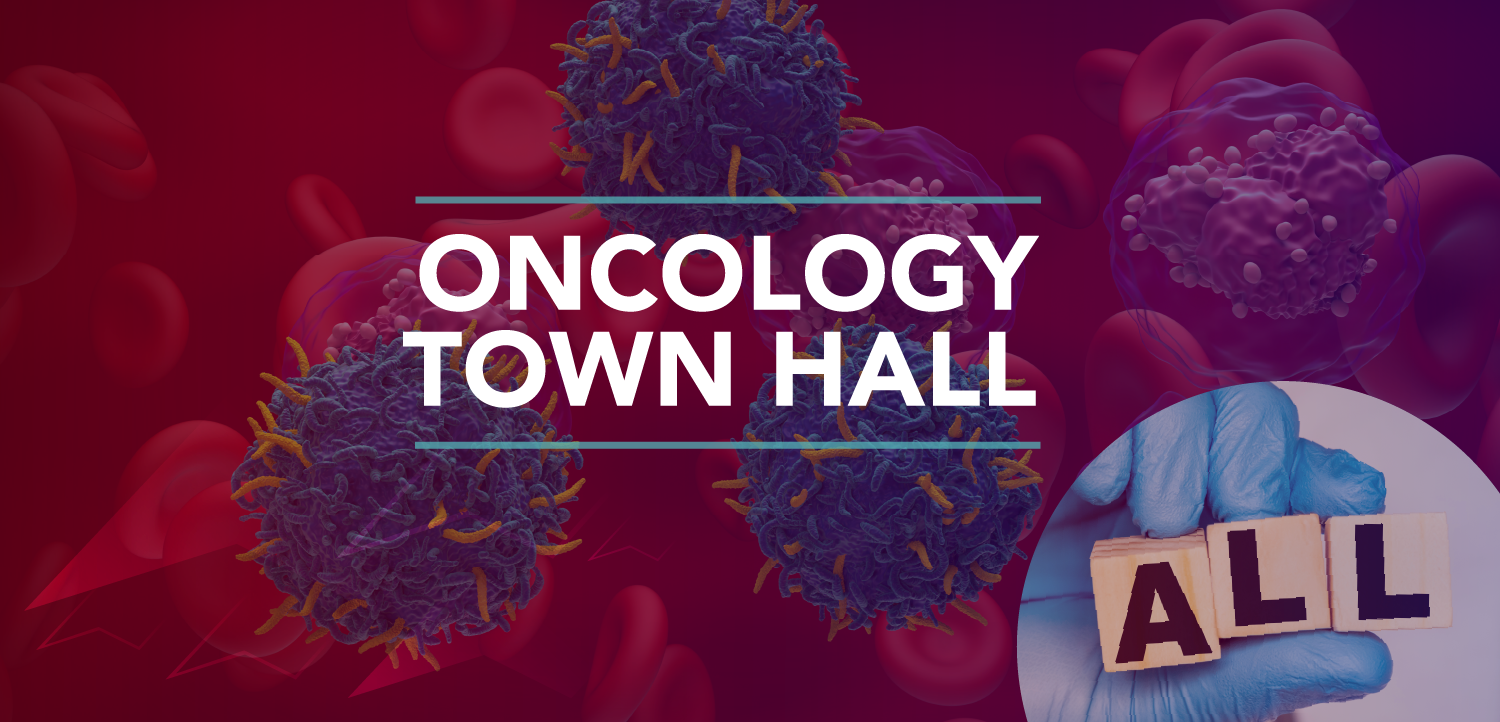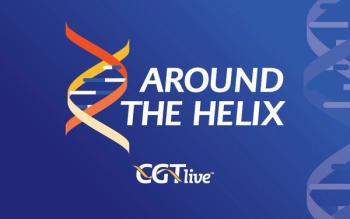
Kathleen A. Dorritie, MD, on the "Explosion of New Therapies" in Hematologic Malignancies
The hematologist/oncologist at the University of Pittsburgh Medical Center Hillman Cancer Center in Pennsylvania discussed updates to NCCN guidelines and research to pay attention to in hematologic malignancies.
This interview originally appeared on our sister site,
CGTLive®'s sister site, OncLive®, recently interviewed Kathleen A. Dorritie, MD, a hematologist/oncologist at the University of Pittsburgh Medical Center Hillman Cancer Center in Pennsylvania, about the current landscape of care for hematologic malignancies, a field that has seen a number of novel treatments and therapeutics introduced during the past 5 years. Dorritie noted that BTK inhibitors in chronic lymphocytic leukemia (CLL), menin inhibitors in acute myeloid leukemia (AML), and chemeric antigen receptor (CAR) T-cell therapies in multiple myeloma are among the new strategies.
“Now that we have CAR T-cell therapy in lymphoma and myeloma, we [wonder] what the next [big] thing will be,” Dorritie told OncLive after a State of the Science Summit™ on hematologic malignancies that she chaired. “It's [also] very exciting to have bispecific antibodies that are FDA approved. It's exciting for patients—and for a physician treating these patients—to have so many options that have completely shifted how we approach these diseases and talk to patients in the last 5 years.”
Dorritie spoke to OncLive about major updates from the National Comprehensive Cancer Network (NCCN) for the use of BTK inhibitor–based regimens in CLL, ongoing studies in leukemia that have yielded important data, and the introduction in earlier lines of multiple myeloma of quadruplet and CAR T-cell therapies.
Dorritie also drew attention to a clinical case scenario with regard to treatment strategies for a patient with newly diagnosed CLL in
OncLive: What are some of the key updates to the NCCN guidelines regarding the use of BTK inhibitor–based regimens for treatment-naive CLL?
Kathleen A. Dorritie, MD: Key updates include the incorporation of targeted therapies in the frontline setting. Now we have different studies showing different options than that frontline setting, even in patients who have high-risk disease with, for example, TP53 mutations. The guidelines have all been updated to include either a venetoclax-based regimen up front as fixed-duration therapy or a BTK inhibitor therapy up front as a preferred line of therapy vs prior standards of care [SOC], which incorporated chemotherapy.
What updates on BTK inhibition in relapsed/refractory CLL were reported at this year’s ASCO Annual Meeting?
We’d previously seen earlier data with pirtobrutinib [Jaypirca]. [Pirtobrutinib] is the only noncovalent, reversible BTK inhibitor for patients who have received prior BTK inhibitors, such as acalabrutinib [Calquence], ibrutinib [Imbruvica], or zanubrutinib [Brukinsa], particularly patients who experienced BTK inhibitor resistance. Pirtobrutinib is a great option for them, as described in the [phase 1/2] BRUIN study [NCT03740529].
There was an update at [the
What are some ongoing studies of note in the leukemia landscape?
The 2 abstracts that caught my attention were describing the FDA-approved menin inhibitor revumenib [Revuforj]. The first [abstract] was the [phase 1/2] AUGMENT-101 study [NCT04065399]. This was a study in relapsed/refractory, KMT2A-rearranged AML, and in these patients, the overall response rates [ORRs] in the relapsed/refractory setting were upward of 63.2%, which was very high compared with some of our other SOC [agents].
A different [phase 1/2] study [NCT03013998] [evaluated newly diagnosed patients with] NPM1-mutated AML and KMT2A-rearranged disease. That study combined revumenib with azacitidine [Vidaza] plus venetoclax [Venclexta], which has kind of become a standard, especially in less fit patients. The ORR in this study was 88.4% with a complete response [CR] and complete response without hematologic recovery [CRi] of 81.4%. [In] the [phase 3] VIALE-A trial [NCT02993523], [whose findings] led to the incorporation of azacitadine/venetoclax in the frontline setting, we saw CR/CRi rates of approximately 68%. This is showing that the addition of the revumenib [to standard azacitidine plus venetoclax] went on to improve outcomes. We have seen lots of advances in lymphoid malignancy and multiple myeloma, so it was exciting to have some new data in AML as well.
How have triplet and quadruplet regimens helped move the needle forward in multiple myeloma?
Triplet regimens have been the SOC for quite some time. We've had an overwhelming amount of new data coming out, initially in the transplant-eligible setting. [This includes] studies like [the phase 2] GRIFFIN trial [NCT02874742] and [the phase 3] PERSEUS trial [NCT03710603], which showed outcomes of quadruplet therapy vs a triplet regimen in [both] of the studies. In some ways, it's even more interesting for the population of patients who are considered transplant ineligible or transplant deferred, for whom we had data come out from [the phase 3] IMROZ [NCT03319667], CEPHEUS [NCT03652064], and BENEFIT [NCT04751877] trials showing that any patient who can tolerate a quadruplet regimen should be offered it. We can improve ORR and rates of minimal residual disease negativity [with this approach], which translate into PFS benefits. The overall takeaway is that we should consider quadruplet regimens for all, and in patients who can't use a quadruplet, [we can] certainly [use] a triplet regimen. It's very rare that we would recommend a doublet as a SOC option anymore.
With the FDA’s decision to approve cilta-cel and ide-cel in earlier lines of therapy for multiple myeloma, how could the continued development of CAR T-cell therapies affect treatment sequencing?
We can now use CAR T-cell therapy in the second-line setting. The bigger question has been whether we should use CAR T-cell therapy in the second-line setting, given the possible toxicities associated with it. There are certain patients for whom we do consider using CAR T-cell therapy in the second-line setting, namely ultrahigh-risk patients who do not respond for a long period after initial therapy and relapse within a year. For patients with high-risk disease, we might consider using that in the second-line setting. It does raise the question: What do we do later on? The development of CAR T-cell therapies targeting different antigens, such as GPRC5D, for which we have an FDA-approved bispecific antibody [talquetamab (Talvey)], will be needed.
For now, it's great that we have CAR T-cell therapy as an option in the second line. [In clinical practice], not many of us are using it quite yet in the second line; we may [utilize them] in the third-line setting, just because we have so many great myeloma drugs. With the quadruplet regimens, our remissions are lasting longer and longer. We have other options that we usually try to exhaust before heading to a CAR T-cell therapy, just because of toxicity concerns.
This transcript has been edited for clarity.
Newsletter
Stay at the forefront of cutting-edge science with CGT—your direct line to expert insights, breakthrough data, and real-time coverage of the latest advancements in cell and gene therapy.



